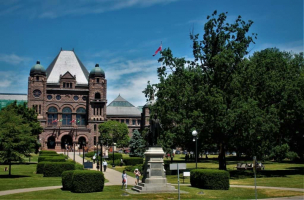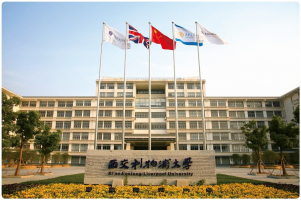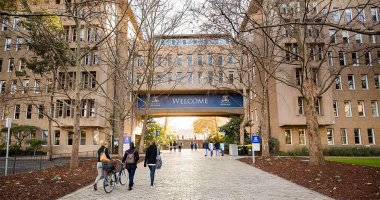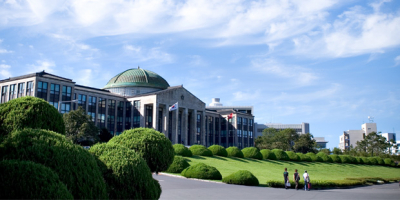Top 10 Best Global Universities in Germany
Germany is the most populous European Union member and the world's second most popular immigration destination. It is unsurprising that Germany continues to ... read more...rise as one of the best places for international students to study abroad. Germany remains an appealing destination for international students, with over 100 universities, 165 universities of applied sciences, and more than 50 music, film, and art colleges. International students will undoubtedly find a suitable university. Toplist will present you with the top best global universities in Germany. These German universities are ranked numerically based on their overall rankings in the Best Global Universities.
-
The Technical University of Munich, also known as TUM, is a public university that was founded in 1868. In the German state of Bavaria, the university has three campuses: downtown Munich, Garching, and Weihenstephan. The Garching campus, located north of Munich, has the most students and houses the natural sciences and technology divisions of TUM. TUM does not have its own student housing, but there are options managed by outside organizations.
The Technical University of Munich (TUM) is a top university in Europe. It is dedicated to research and teaching excellence, interdisciplinary education, and the active promotion of promising young scientists. The university also maintains strong ties with businesses and scientific institutions all over the world. TUM was one of Germany's first universities to be designated as a University of Excellence.
TUM is ranked 38th in the world and second in Germany in the Times Higher Education World University Rankings. It is ranked 14th in computer science, 22nd in engineering and technology, and 23rd in physical sciences worldwide. It is Germany's top-ranked university in those fields. TUM is ranked 52nd in the world and second in Germany in the Academic Ranking of World Universities. TUM is ranked first in Germany in computer science and engineering, electrical engineering, aerospace engineering, food science, biotechnology, and chemistry.
Website: https://www.tum.de/en
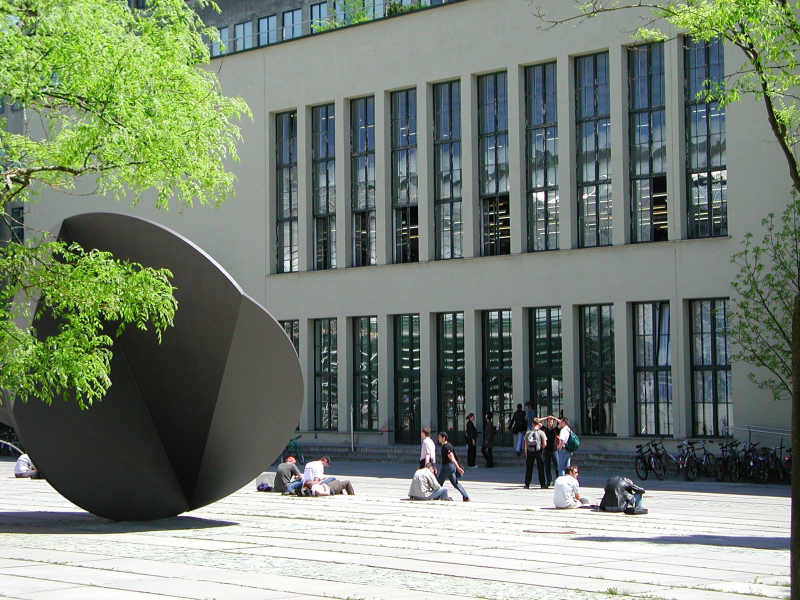
Technical University of Munich 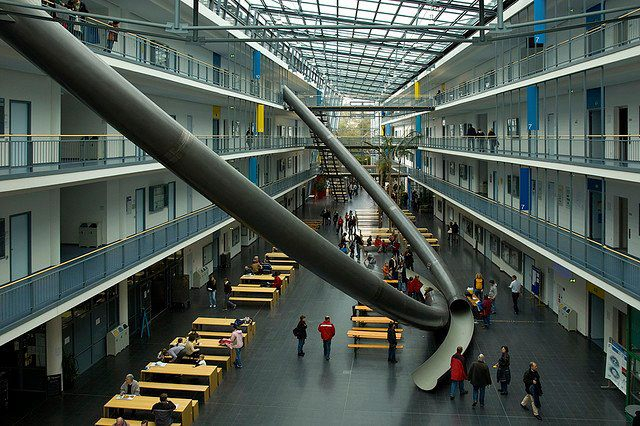
Technical University of Munich -
The Ludwig Maximilian University of Munich is a public university that dates back to 1472. It is located in Munich, the capital of Bavaria and one of Germany's largest cities. The social science and humanities disciplines are housed on the university's downtown campus, while the natural and life sciences are housed on its "HighTechCampus" in the city's southeast. Tuition is generally not charged to students at LMU Munich, as the university is also known. Tuition is charged for some of the school's English-taught degree programs. Studentenwerk München, or the Munich Student Union, a public organization, has a limited amount of student housing available.
LMU Munich has a 500-year history of providing some of the highest standards in teaching and research. This university has approximately 7,000 international students, accounting for 15% of the total student population. The Ludwig Maximilian University of Munich has close collaborations with over 400 partner universities worldwide. This benefits university students who can participate in exchange and joint degree programs.
The Munich International Summer University (MISU at LMU) is the Summer University by the Ludwig Maximilian University of Munich (LMU), which takes place annually in Munich and depending on the course also involves stays at different European cities. MISU at LMU Munich invites international students to attend short-term programs at LMU Munich in order to progress academically even in winter or summer breaks at their home university. MISU hereby offers two course formats: On the one hand, German Language classes are held at different times over the year. On the other hand, MISU offers 16 subject-specific Summer Schools and Winter Schools covering a wide range of academic fields.
Website: https://www.lmu.de/en/index.html
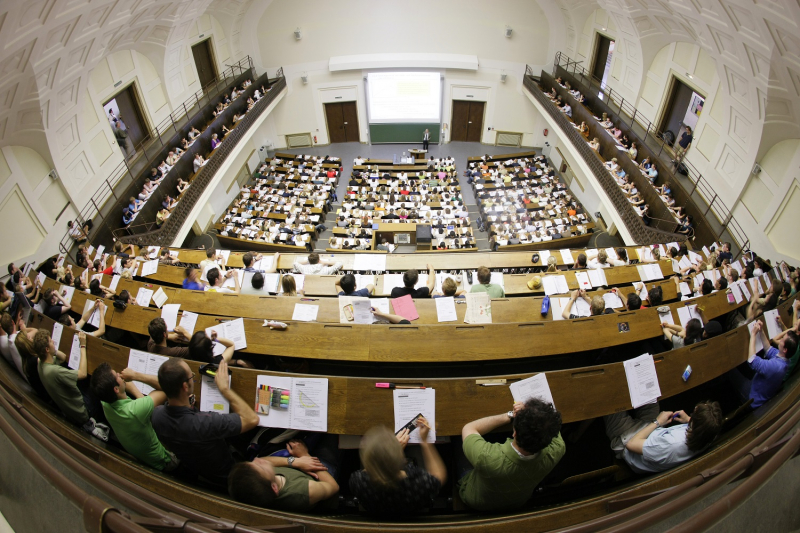
Ludwig Maximilian University of Munich 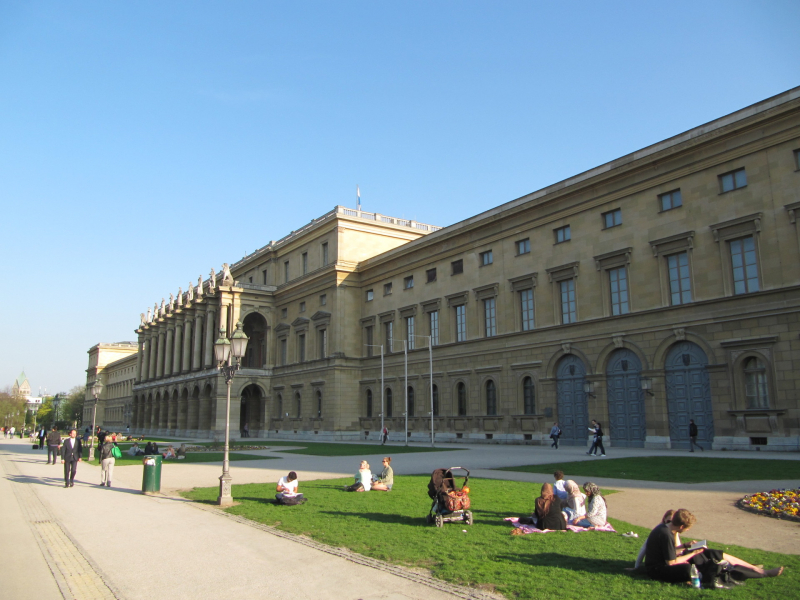
Ludwig Maximilian University of Munich -
Heidelberg University is a public university that was founded in 1386, making it Germany's oldest university. The university is located in Heidelberg, Baden-Württemberg, and is divided into three campuses. International students make up slightly less than 20% of the total student body. Tuition is not charged to students at the university, as is the case at most German public universities. Instead, students pay relatively low semester fees. Studierendenwerk, a public organization that provides accommodations and other services to university students, has some student housing available.
This university has a long history of being an internationally oriented research and teaching institution with a wide range of disciplines. This university provides quality teaching in welcoming and comfortable environments with the goal of broadening its students' knowledge and skills and preparing them for the future. The University of Heidelberg is committed to providing equal opportunities for men and women, as well as to creating a welcoming, diverse, and equal community of ambitious individuals.
Heidelberg is a founding member of the League of European Research Universities, the Coimbra Group, and the European University Association. The university forms part of the German-Japanese University Consortium HeKKSaGOn, and it participates in 7 European exchange schemes for researchers and students, such as ERASMUS. Furthermore, it is actively involved in the development of the German-speaking Andrássy University of Budapest and co-runs the school of German law at the Jagiellonian University of Kraków. The city of Heidelberg being twinned with Cambridge, England, and Montpellier, France, there are close academic ties to the University of Cambridge and the Université de Montpellier. Beyond Europe, the university and its faculties maintain specific agreements with 58 partner universities in Africa, the Americas, Asia, Australia, and the Russian Federation.
Website: https://www.heidelberguniversity.org
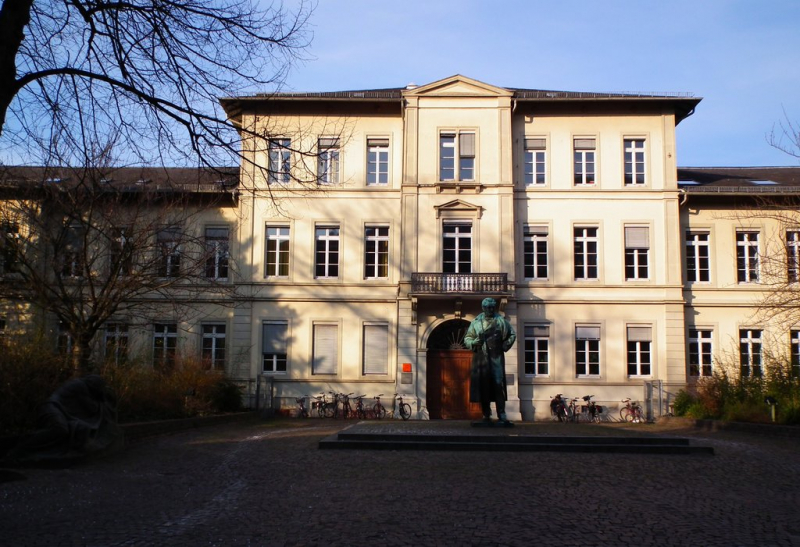
Ruprecht Karl University of Heidelberg 
Ruprecht Karl University of Heidelberg -
The Humboldt University of Berlin is a public research university located in Berlin's central borough of Mitte. Frederick William III established the University of Berlin (Universität zu Berlin) in 1809 on the initiative of Wilhelm von Humboldt, Johann Gottlieb Fichte, and Friedrich Ernst Daniel Schleiermacher, and it opened in 1810, making it the oldest of Berlin's four universities. The university is divided into nine faculties, including a medical school shared with the Free University of Berlin, has approximately 32,000 students enrolled, and offers degree programs in 189 disciplines from undergraduate to postdoctoral level.
The Humboldt University of Berlin has a well-known reputation for its teaching and research, with approximately 420 professors and over 1,900 assistants teaching and conducting research. Around 18% of the academic staff at this university are from outside of Germany, ensuring that students benefit from quality instruction as well as an international perspective. Students will be skilled enough as graduates to enter the job market with confidence.
Today, Humboldt University is a state university with a large number of students (36,986 in 2014, among them more than 4,662 foreign students) after the model of West German universities, and like its counterpart the Free University of Berlin. HU students can study abroad for a semester or a year at partner institutions such as the University of Warwick, Princeton University, and the University of Vienna.
Website: https://www.hu-berlin.de/en
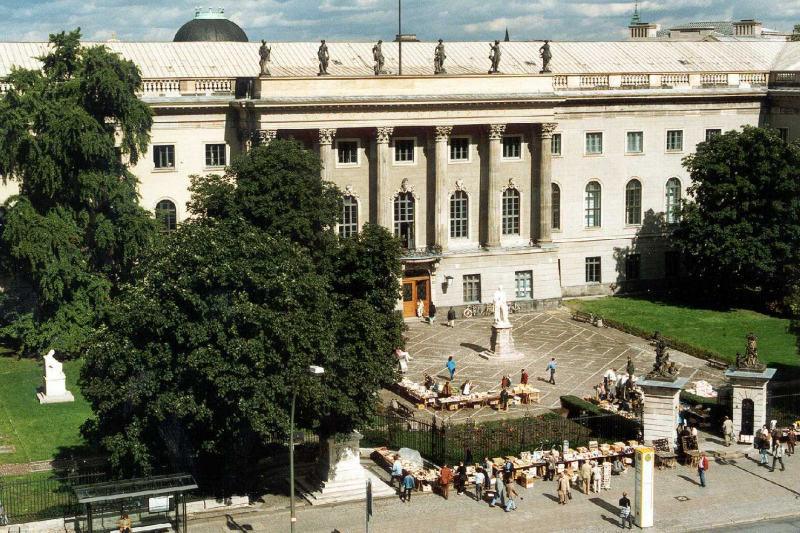
Humboldt University of Berlin 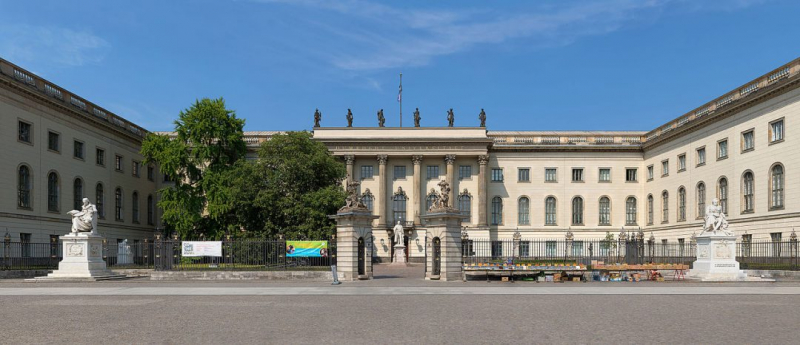
Humboldt University of Berlin -
The Karlsruhe Institute of Technology is an elite public research university in the German state of Baden-Württemberg, as well as a national research center in the Helmholtz Association, which is one of Germany's largest educational institutions and largest research institution in terms of funding. KIT is a member of the TU9, an incorporated society of Germany's largest and most prestigious technological institutes. Under the direction of Ferdinand Redtenbacher, science-based mechanical engineering was established in the university part of today's KIT in the mid-nineteenth century, which influenced the establishment of other technical universities, such as ETH Zurich in 1855. The University of Karlsruhe received the first German e-mail on August 2, 1984.
The Karlsruhe Institute of Technology seeks to contribute to the resolution of some of society's, industry's, and the environment's most pressing challenges through research and education. This university's work is defined by the global exchange of knowledge it provides, as well as the numerous international research projects and cultural diversity. KIT is a university that emphasizes providing students with unique development opportunities through an early integration into interdisciplinary research projects and international teams.
Website: https://www.kit.edu/eng
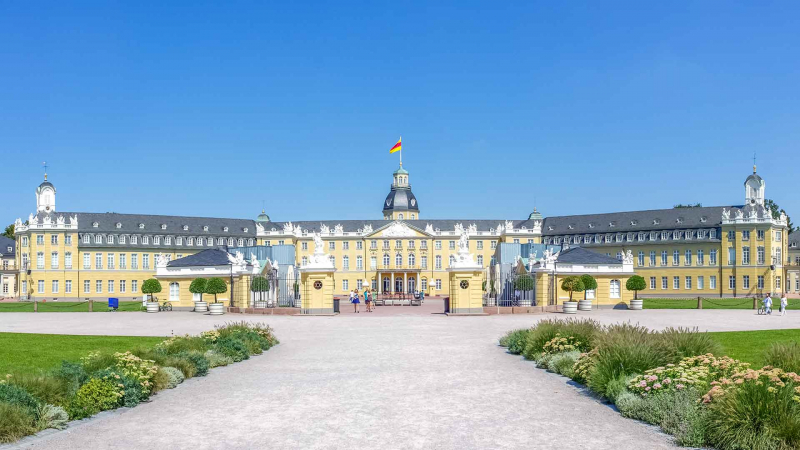
KIT, Karlsruhe Institute of Technology 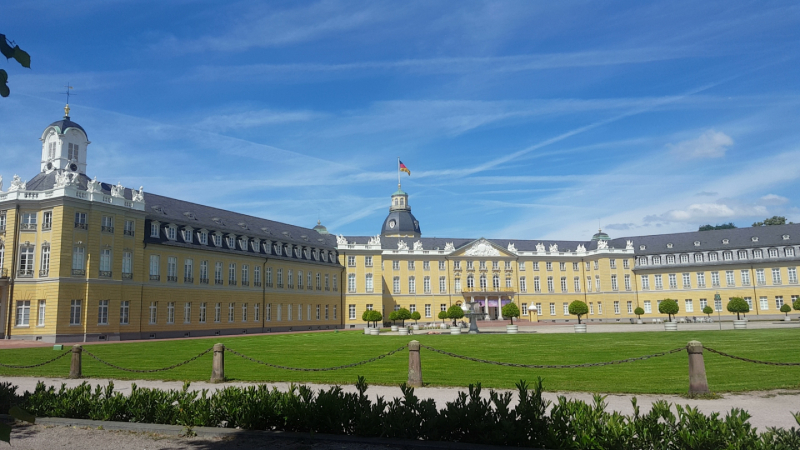
KIT, Karlsruhe Institute of Technology -
The Free University of Berlin (German: Freie Universität Berlin, also known as FU Berlin or simply FU) is a public research university in Berlin, Germany. It is one of eleven elite German research universities participating in the German Universities Excellence Initiative, and it is consistently ranked among Germany's top ten universities overall, with particular strengths in political science and the humanities. It is ranked as a top university in international university rankings. The Free University of Berlin maintains extensive international contacts with leading universities and organizations, which provide the critical impetus for research and teaching.
Since 2007, this university has been one of the leading institutions in science and education due to its diverse network. It has approximately 33,000 students across its departments, with 13 percent international students enrolled in bachelor's programs and 27 percent international students enrolled in master's programs. This university wishes to ensure a future worth living for by offering efficient programs and ensuring that its students acquire the necessary skills to meet the challenges that society faces today.
The Free University of Berlin maintains wide-ranging international contacts to top universities and organizations which provide key impulses for research and teaching. In the 1950s, the Free University of Berlin had already established partnerships with leading universities in the United States such as the University of California System (including University of California, Berkeley, University of California, Los Angeles, and the University of California, Santa Cruz), University of Chicago, Cornell University, Stanford University (which also has a small campus within the FU), Duke University, Princeton University, Yale University, and Columbia University, as well as with Western European universities like the University of Oxford, University of Cambridge, University College London, University of Sussex and École Normale Supérieure in Paris.
Website: https://www.fu-berlin.de/en
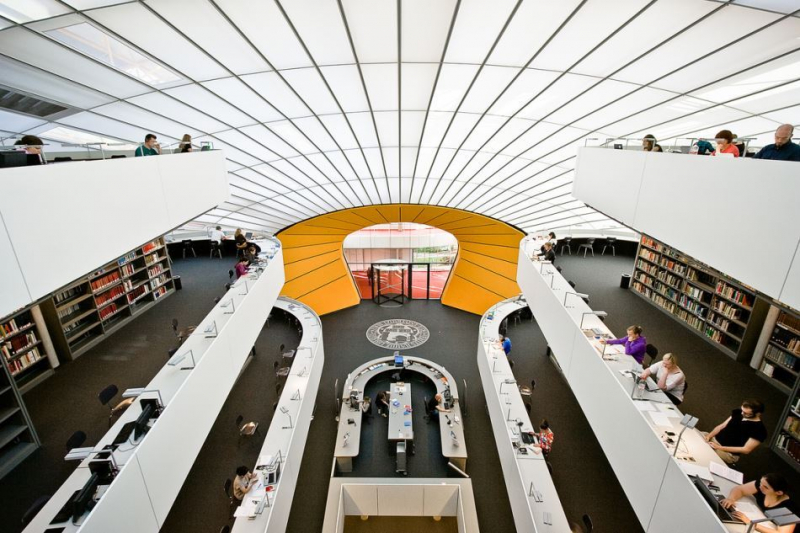
Free University of Berlin 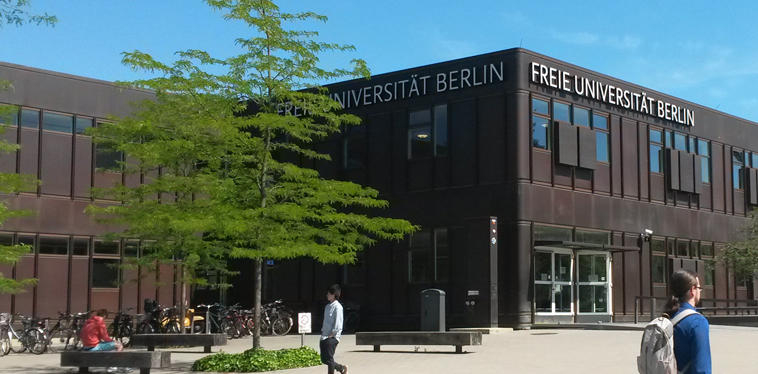
Free University of Berlin -
RWTH Aachen University, also known as Rheinisch-Westfälische Technische Hochschule Aachen, is a prestigious German public research university in Aachen, North Rhine-Westphalia, Germany. It is Germany's largest technical university, with over 47,000 students enrolled in 144 study programs. RWTH Aachen is a founding member of the IDEA League, a strategic alliance of five of Europe's leading technological universities, as well as its German counterpart TU9. It also belongs to the DFG and the Top Industrial Managers for Europe networks.
RWTH Aachen University is well-known throughout the world for the degree programs it offers, as well as the quality of its teaching and research. This university, which is ranked among the top ten in Germany, provides innovative solutions to global challenges. Furthermore, RWTH Aachen University develops in close collaboration with industry, providing students with even more opportunities to acquire all of the skills and knowledge required to succeed in the global job market. This university has approximately 45,628 students, 11,280 of whom are international students from all over the world.
The TIME (Top Industrial Managers for Europe) network promotes double degrees and student mobility with other technical universities. Furthermore, the RWTH is a member of the IDEA League, a strategic collaboration of four of Europe's leading research universities, including TU Delft, Chalmers University of Technology, and ETH Zürich, and was the first German university to launch an Undergraduate Research Opportunities Program in 2008. In comparison to other German universities, RWTH Aachen has received the most funds from third-party donors in recent years. Over 7,000 international students are currently enrolled in undergraduate, graduate, or doctoral programs. In comparison to other German universities, RWTH Aachen has a higher proportion of international students.
Website: https://www.rwth-aachen.de/?mobile=1
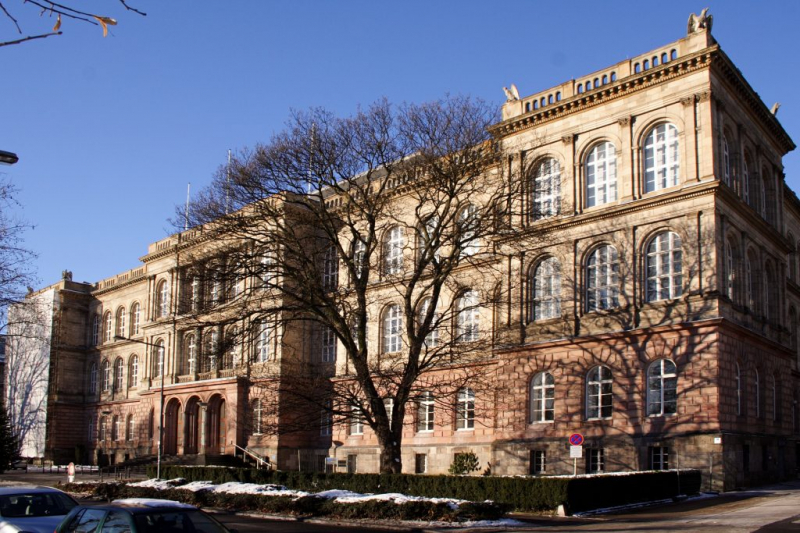
RWTH Aachen University 
RWTH Aachen University -
The Technical University of Berlin (officially Technische Universität Berlin, also known as TU Berlin and Berlin Institute of Technology) is a public research university in Berlin, Germany. It was the first university in Germany to use the name "Technische Universität" (Technical University). TU Berlin is a member of TU9, an incorporated society of Germany's largest and most prestigious technological institutes, as well as the Top International Managers in Engineering network, which facilitates student exchanges between leading engineering schools.
This university, located in the heart of Europe, is well-known on a global scale for its sharp profile and diverse range of high-quality degree programs. Its qualifications provide students with the tools they need to land their dream job. This university is defined by its excellence and quality, as well as its outstanding achievements in research and teaching. International student mobility is possible through the ERASMUS program or the Top Industrial Managers for Europe (TIME) network. In 2019, TU Berlin had one of the highest proportions of international students in Germany, with nearly 27 percent.
Website: https://www.tu.berlin/en
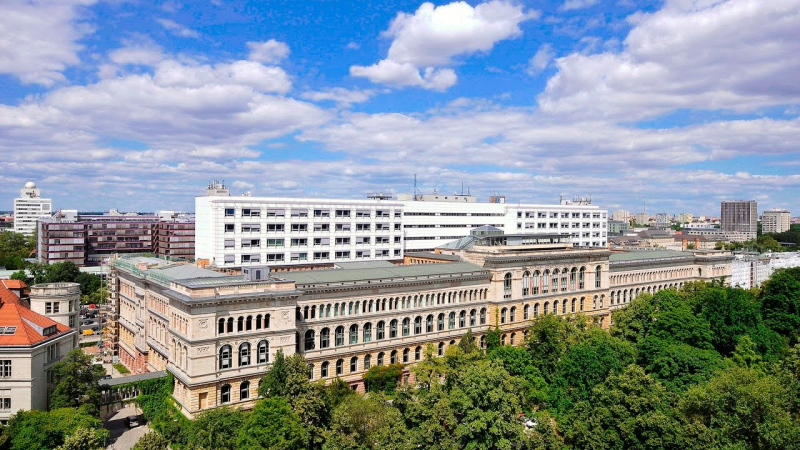
The Technical University of Berlin 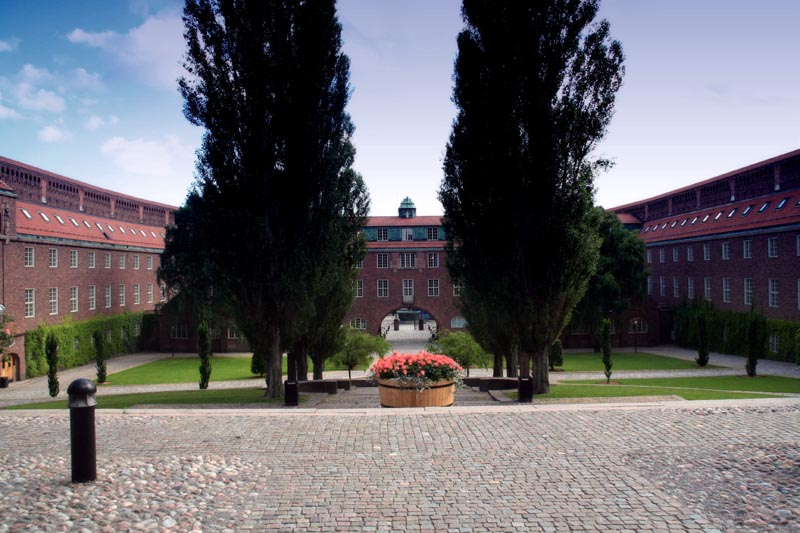
The Technical University of Berlin -
The Eberhard Karls University of Tübingen is one of eleven German Excellence Universities. The University of Tübingen is particularly well-known for its research in plant biology, medicine, law, archeology, ancient cultures, philosophy, theology, and religious studies, as well as, more recently, as an artificial intelligence center of excellence. Presidents, EU Commissioners, and Federal Constitutional Court judges are among the university's notable alumni. Eleven Nobel laureates have been associated with the university, particularly in the fields of medicine and chemistry.
This university has been a center for outstanding research and teaching for over 500 years. It is also known for its innovative and international courses and degree programs, which enroll approximately 27,196 students, 3,779 of whom are international students. Students will be introduced to a welcoming environment, modern facilities, elaborate degree programs, and an outstanding academic staff while pursuing a degree at this university. Individuals get to earn qualifications that will be useful in today's world among a diverse community of motivated students.
Website: https://www.medizin.uni-tuebingen.de/en-de/startseite
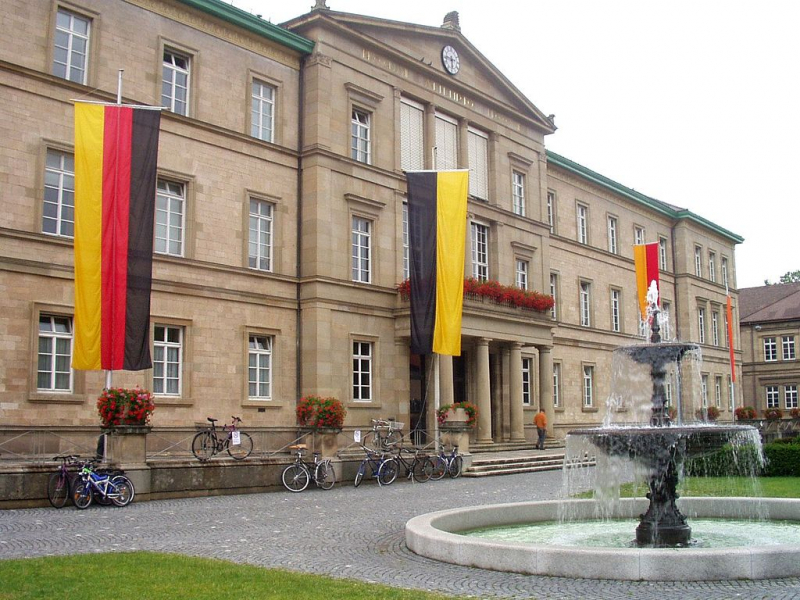
Eberhard Karls University of Tübingen 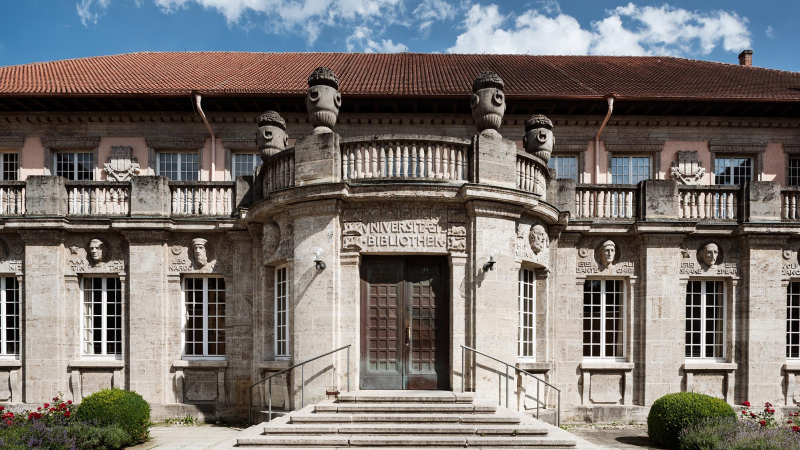
Eberhard Karls University of Tübingen -
The Albert Ludwig University of Freiburg, officially the University of Freiburg, is a public research university in Freiburg im Breisgau, Baden-Württemberg, Germany. The Habsburg dynasty established the university in 1457 as the second university in Austrian-Habsburg territory after the University of Vienna. Freiburg is now Germany's fifth-oldest university, with a long tradition of teaching humanities, social sciences, natural sciences, and technology, and it has a strong academic reputation both nationally and internationally. The university has 11 faculties and attracts students from all over Germany as well as more than 120 other countries. Foreign students account for approximately 18.2 percent of total student enrollment.
Since 1911, the University of Freiburg has offered German language courses to international students. During the semester breaks, the courses are held at the university's Language Teaching Centre and attract students from over 50 countries. The intensive language lessons are supplemented by a supplementary program that includes lectures and seminars on German culture, politics, philosophy, and art, as well as excursions to the Black Forest, France's Alsace region, Basel (Switzerland), and Lake Constance. Professional German courses (e.g., business German) are available in addition to classes for all language levels.
Website: https://uni-freiburg.de/en
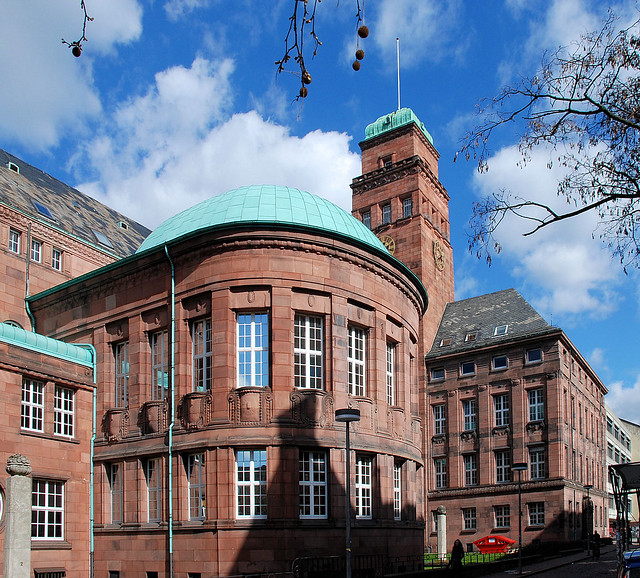
Albert Ludwig University of Freiburg 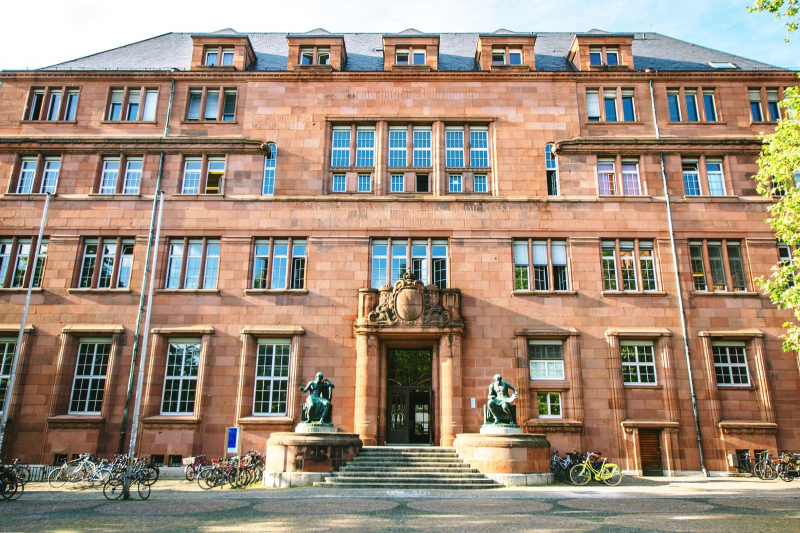
Albert Ludwig University of Freiburg















